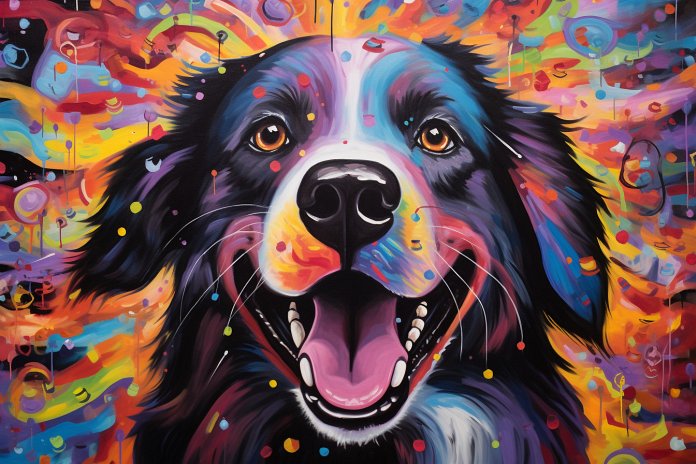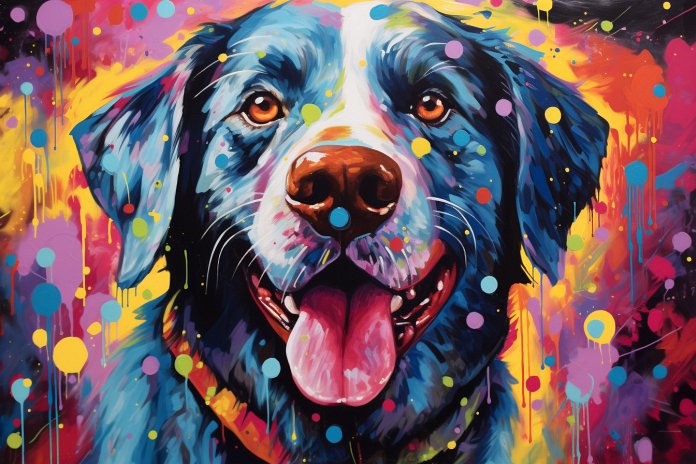
The world is full of stress and intolerance, but dogs seem to have a better grasp on life. They have food, shelter, and toys, and they don’t understand why humans are so stressed. Dogs can teach us a lot about tolerance, as they accept us for who we are. However, it’s important to remember that dogs can also become intolerant, especially if their owners are intolerant themselves.
Signs of Intolerance in Dogs
Dogs can show signs of intolerance towards other dogs, such as growling, staring, barking, snapping, and biting. They can also be intolerant towards certain foods or medications, which can lead to scratching, sneezing, shaking their head, and other symptoms. It’s important to be aware of these signs and seek veterinary help if necessary.
The History and Science of Dog Intolerance
Research has shown that wolves, the ancestors of dogs, are actually more tolerant than dogs. Wolves allow all members of the pack to eat their fill, while dogs can be more dominant and push others out. Dogs have historically shown a great deal of tolerance towards humans, even in the face of abuse. However, some dogs are more prone to allergies and intolerance due to their genetics and physical characteristics.
Training Dogs to be Tolerant
Old-school training methods that use punishment and dominance are not effective when it comes to teaching dogs tolerance. Positive training methods that reward good behavior are much more effective. It’s important to understand your dog’s personality and learning style and tailor your training approach accordingly. Treating dogs with kindness and respect is the best way to teach them to be tolerant and well-behaved.
Conclusion
Dogs can teach us a lot about tolerance, but they can also become intolerant themselves. It’s important to be aware of the signs of intolerance in dogs and seek veterinary help if necessary. Training dogs to be tolerant requires a positive and individualized approach. By treating our dogs with kindness and respect, we can help them become the best they can be.
“The importance of tolerance in a world of intolerance”

Tips & Things to Know
1️⃣ Pay attention to signs of intolerance in your dog when interacting with other dogs or when it comes to certain foods or medications. Signs such as growling, staring, barking, snapping, and biting can indicate intolerance towards other dogs, while sneezing, scratching, and shaking their head can indicate intolerance towards certain foods or medications.
2️⃣ Understand the reasons why dogs may be intolerant. Dogs, despite their domestication, may still exhibit traits inherited from their wolf ancestors. Additionally, allergies and sensitivities to certain substances in their environment can also contribute to their intolerance.
3️⃣ Use positive training methods to teach your dog tolerance. Punishing or chastising an intolerant dog can often make the problem worse. Instead, focus on rewarding and reinforcing positive behavior. Understanding your dog’s personality and individual learning abilities will help you create a training approach that suits them best.
Frequently Asked Questions, Answered ✅
1. What are some signs that a dog is intolerant of other dogs?
– Growling, staring, barking, snapping, biting
2. What are some signs that a dog is intolerant of certain foods or medications?
– Sneezing, scratching, shaking their head
3. Why are dogs sometimes intolerant to their environment?
– Dogs can be allergic to pollen, dust mites, cigarette smoke, flea control, cleaning products, shampoo, and perfume
4. How can allergies in dogs be diagnosed and treated?
– Blood and skin tests can be performed to pinpoint the allergens, and a vet may recommend a special hypo-allergenic diet for several weeks to see if that’s the issue
5. How can dogs be trained to be more tolerant?
– Positive training methods and rewards for good behavior can help dogs become more tolerant, while punishment and adverse training can have negative effects